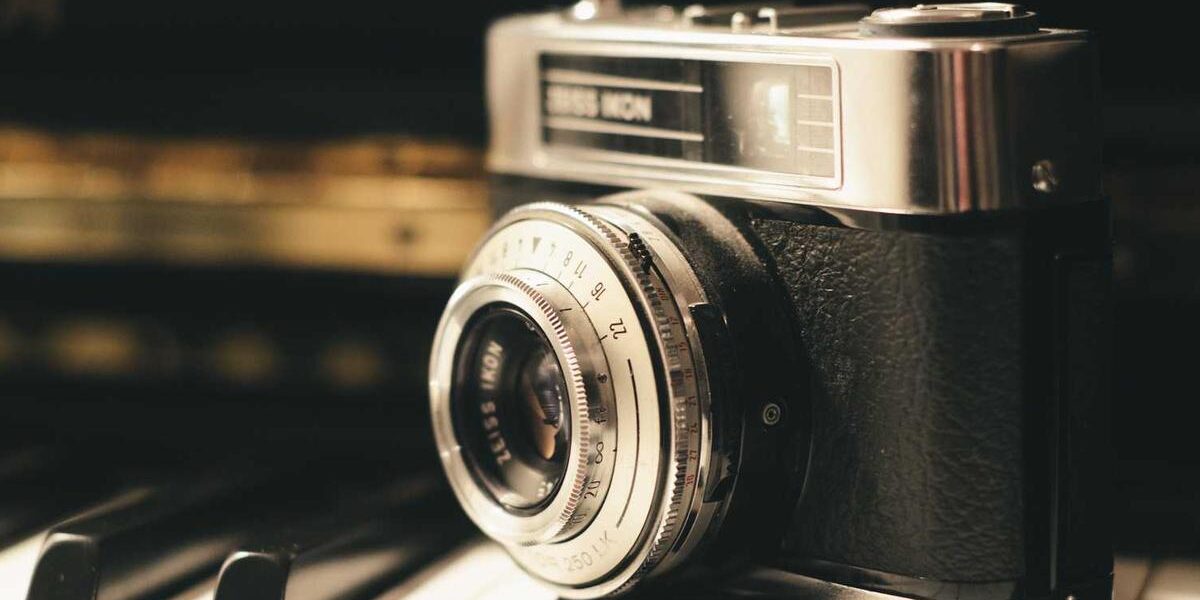Musket for Sale: History, Types, and Considerations
In bygone centuries, the musket revolutionized warfare. It represented a crucial evolution from the bow and arrow. The musket enabled mass civilian recruitment to armies. Their simplicity and efficiency provided a formidable force on the battlefield.
A Historical Overview of Muskets
Muskets first appeared in Europe during the late 15th century. They evolved from heavy arquebuses, which required soldiers to use a support stand due to their weight. By the 17th century, the musket had undergone several significant changes. Improved gunpowder and design enhancements led to lighter, more manageable firearms.
Initially, muskets were smoothbore firearms. This means the inside of the barrel had no grooves. Smoothbores fired spherical balls. This was efficient at close range but inaccurate over longer distances. As technology progressed, rifling improved musket accuracy, leading to the development of the rifle.
Matchlocks, Flintlocks, and Beyond
The matchlock musket saw wide use during the 16th and 17th centuries. To fire it, soldiers used a lit match cord to ignite the gunpowder. One drawback was the constant need for lit matches, which was problematic in damp conditions.
Flintlock muskets replaced matchlocks in the 17th century. Using flint and steel, they created sparks to ignite the gunpowder, simplifying firing and enhancing reliability. This made them the dominant choice in the military by the 18th century.
Eventually, caplock mechanisms came along. By the 19th century, these systems used percussion caps, which were even more reliable than flintlocks.
Types of Muskets Available Today
Today, muskets are found rarely in military use but have captured the interests of collectors, historians, and reenactment enthusiasts. While original muskets can be preserved in museums, replicas and antiques are commonly sold on the market.
Original Antique Muskets
Collectors highly value original muskets. These pieces bear historical significance and offer insight into the craftsmanship of the era. Prices for antiques vary depending on rarity, condition, and historical importance. Proper authentication is crucial, as replicas can closely resemble originals.
Replica Muskets
For enthusiasts interested in the functional aspect without the historical value, replicas provide an alternative. These are often used in historical reenactments. They allow users to experience the operation of a musket without risking damage to an antique.
Replica muskets typically align with various historical periods. They often replicate famous designs like the Brown Bess or the Charleville musket. Their prices are generally more accessible than originals, but thorough research is necessary to ensure accuracy and quality.
Where to Buy Muskets
A wide range of outlets offers muskets for sale. Auction houses often specialize in antique firearms. Here, prospective buyers can find verified original pieces. This may include pieces with provenance or historical documentation.
Online marketplaces also offer muskets, both as originals and replicas. It’s important to vet sellers carefully. Reputable dealers often accompany listings with detailed photos and descriptions.
Gun shops specializing in historical and antique firearms are another avenue. Enthusiasts often prefer these establishments for their expertise and curated selection. Visiting in person allows potential buyers to inspect the firelocks closely.
Considerations Before Purchasing a Musket
- Purpose: Clarify whether the musket is for collection, reenactment, or educational purposes.
- Condition: Inspect the musket for damage. Check the barrel, lock mechanism, and stock for wear.
- Research: Study the history of the musket model. Understanding its historical context can enhance appreciation.
- Legal Requirements: Familiarize yourself with local firearm laws. Regulations vary significantly by region.
- Maintenance: Consider the effort required to upkeep a musket. Regular cleaning is necessary to prevent corrosion.
Legal Aspects in Owning a Musket
Muskets, while historically significant, are still firearms. Thus, they fall under varying jurisdictional laws. In some places, antique firearms are exempt from stringent regulations. However, these laws are subject to change, so staying informed is crucial.
For replica or newer models, standard firearm regulations often apply. Buyers may need the necessary permits or licenses. It’s advisable to consult local legal codes or seek expert advice prior to purchase.
The Art of Musket Maintenance
Proper maintenance preserves muskets for future generations. Regular cleaning prevents rust and corrosion. This is crucial for both functioning replicas and non-firing antiques. The following steps offer a general guide:
- Disassemble carefully: Learn the specific disassembly procedure for your musket model.
- Clean the barrel: Use a soft brush and appropriate solvent to clean bore residue.
- Polish metal parts: Light oil application helps protect metallic parts.
- Check the stock: Treat wooden stocks with suitable oil or wax to maintain finish and structure.
By understanding the intricacies of muskets, one can appreciate their role in history. Whether for collection or reenactment, muskets continue to fascinate for their contribution to the development of modern firearms.
